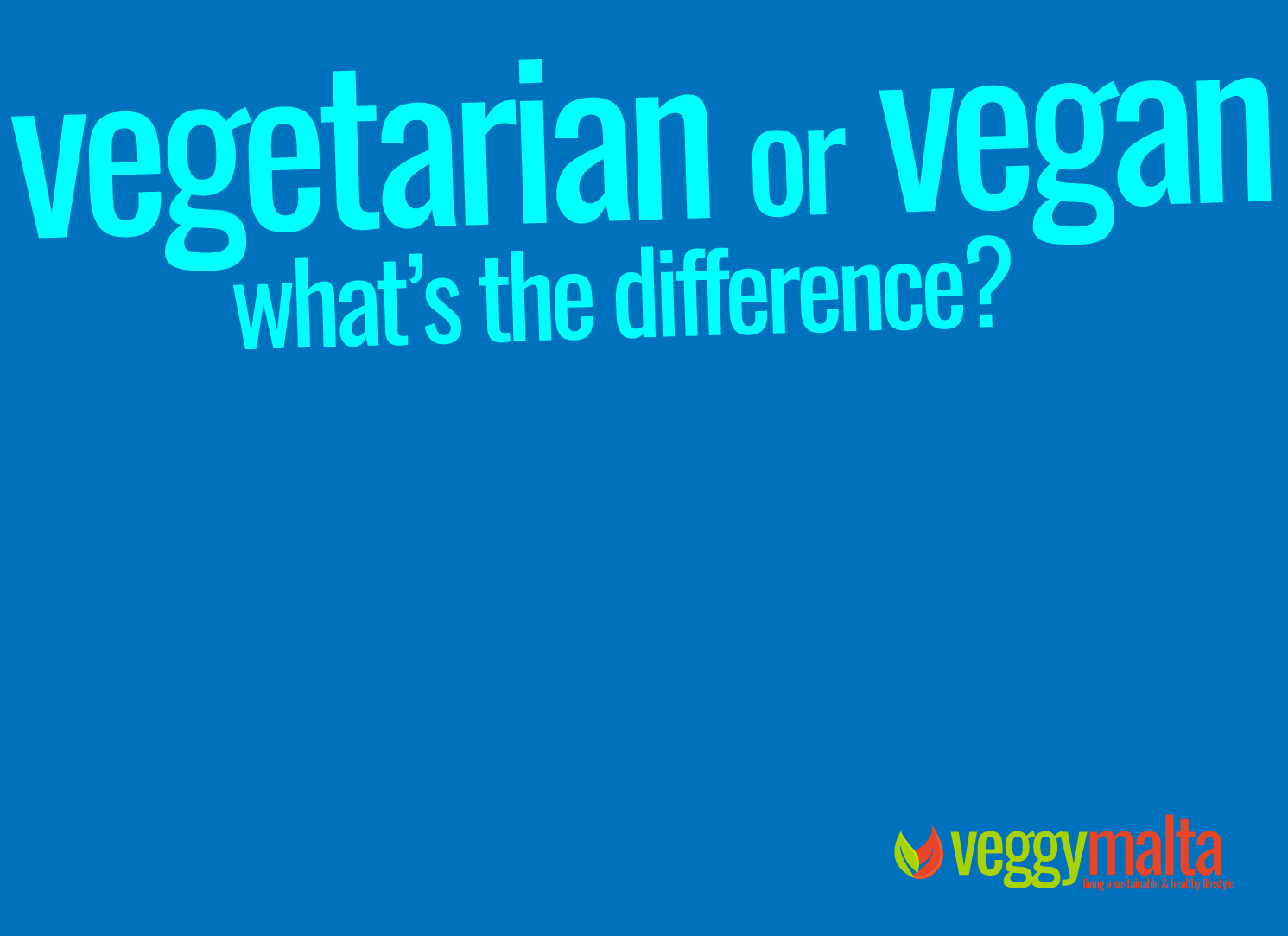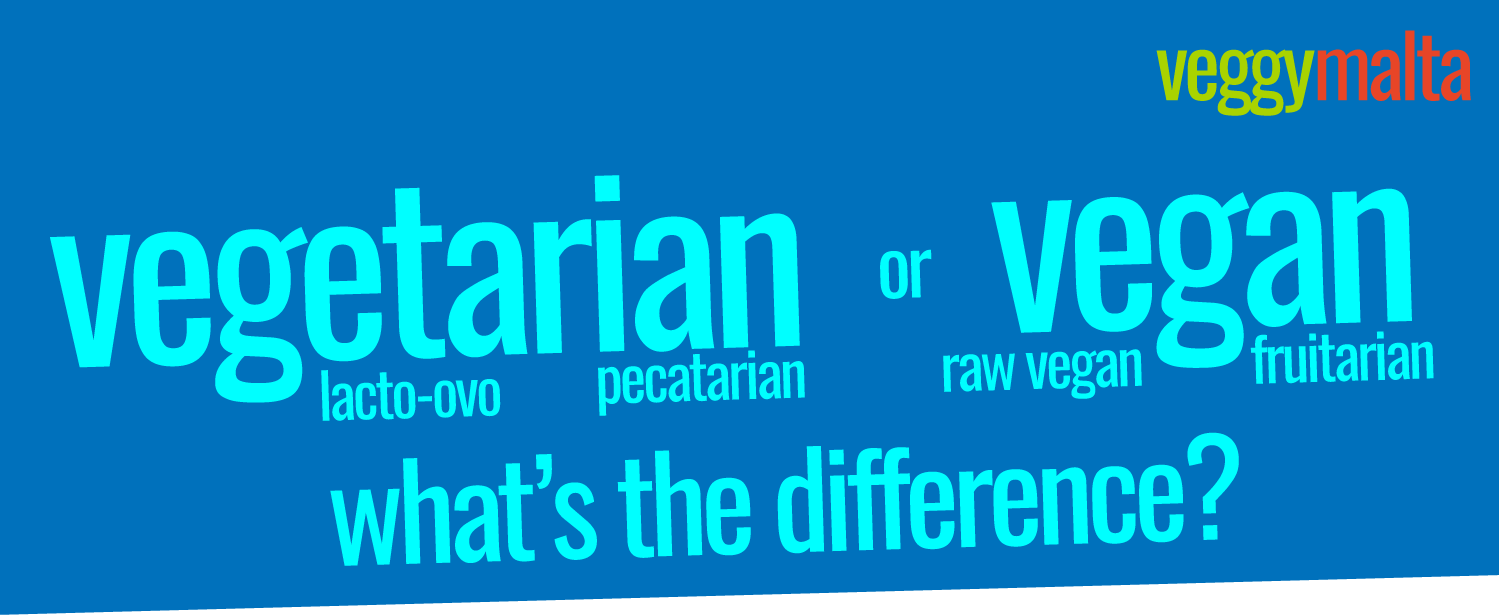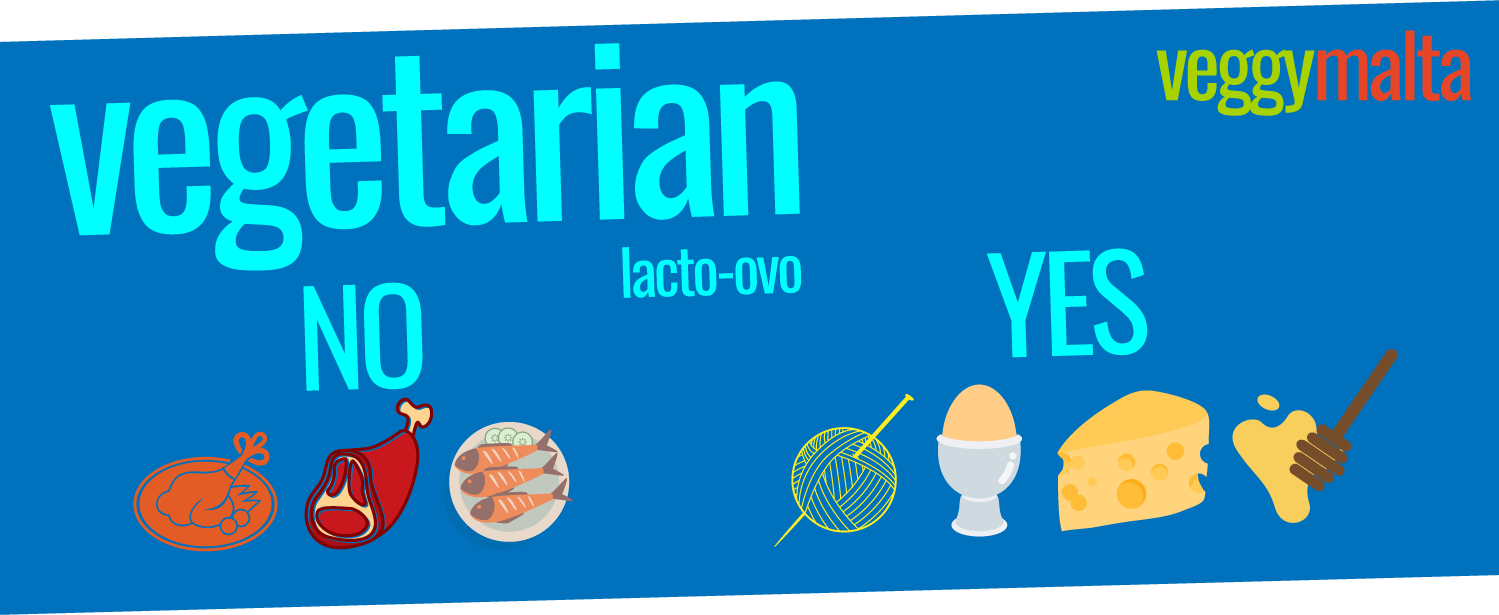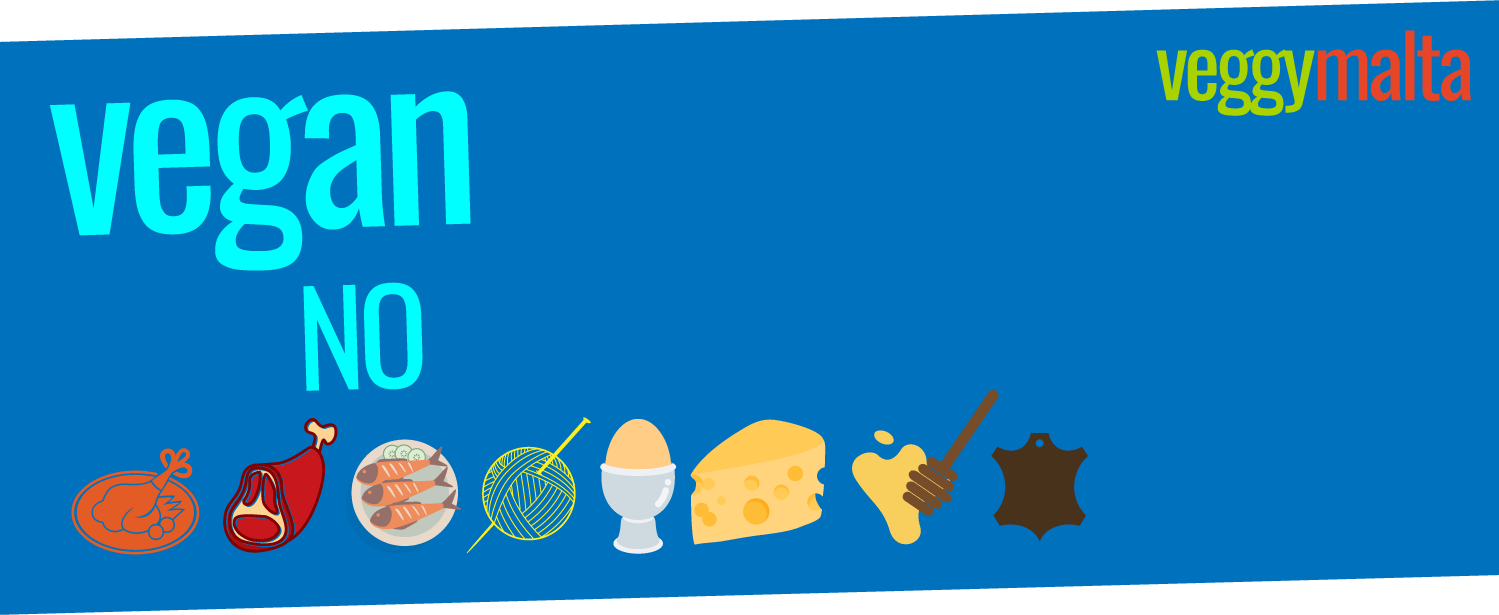For those who have are not vegetarian or vegan, the difference between the two might be a bit hazy. Some might actually ask what s the difference? They both don’t eat beef! Let’s try to make sense of what the choices are. Especially for those that might be interested in trying this lifestyle. What should you look forward to (and more importantly, what will you no longer be consuming).
The main difference is simple. Vegans do not any animal products (neither by-products). Vegetarians, do not eat animals, but may eat animal by-products like eggs and dairy. The vegan guideline tends to be more defined, whilst the vegetarian diets tend to be more flexible.
Vegetarianism
Lacto-ovo vegetarians (or if you wish ovo-lacto) is probably the most common type of vegetarian diet. The lacto and ovo came from Latin and mean milk and eggs. Those individuals who follow this diet eat dairy products (cheese) and eggs as they are by-products, but do not consume meat, poultry, seafood or any animal. Removing dairy from one’s diet is sometimes considered to be more difficult than not eating meat. Most vegetarians also consume honey (whilst vegans don’t).
Variations to this diet would be either lacto vegetarians or ovo vegetarians. These would consume only milk or eggs. There are what are defined as pescatarians. These are technically not vegetarians as they eat fish and seafood (which are animals), but they do not consume poultry or meat.
Veganism
Individuals who choose a vegan diet tend to be more passionate and stricter than vegetarians about their choices. This does not only apply to food but also to other choices like clothing. Products like leather, suede (which come from dead animals). and clothes made from wool or silk are not purchased by vegans. The use of cruelty-free cosmetics and beauty products and also pharmaceuticals.
Vegans can move on to raw vegan diets (raw foodists) where the diet consists of unprocessed raw vegan foods that have not been heated above 46 degrees celcius. Then there is a small section of vegans that go to fruitarianism. Fruitarians, as the name suggests eating raw fruit (around 75%) and nuts and seeds (around 25%).
What not to eat
Vegetarians and vegans need to keep watch over what they eat as many products might seem to be safe yet would contain small traces of animal products. Many products use gelatin (which is made with animal parts), and some juices even have omega-3 derived from fish. Unless there is a V sign on the packaging, you should read the ingredients on the package.
When eating out, always advise the chef that you are vegetarian or vegan. Don’t assume that a soup or sauce is vegetarian/vegan without asking, as the chef might be using a beef or chicken stock. No harm in asking. Chocolate is vegan (search for 100% cacao), it is milk chocolate is that isn’t.
What choice to make?
Whatever choice you make must fit with your lifestyle. Some find it easy to go to start with a vegetarian lifestyle and then go vegan. In certain cases it also depends why you are taking this path. The starting points are primarily two; individuals concerned with animal rights and individuals conscious about their health. If all of this seems daunting, you can start with reducing meat from you diet. Popular initiates like meat free Mondays are catching on (and slowly you can add Tuesday, Wednesday, Thursday, Friday, Saturday and the Sunday).
The great thing about being a vegetarian or vegan today is the absolute choice. when I started as a vegetarian over 30 years ago, there was little to no choice. Today, as you can abundantly see on Veggy Malta, there are products of all kinds. But not just products, but delicious, nutritious and healthy products! A wide variety of plant based dairy substitutes. You can even choose to buy your fresh vegetables fully organic or grow your own organic seeds at home.
It is tasty, nutritious and healthy!





